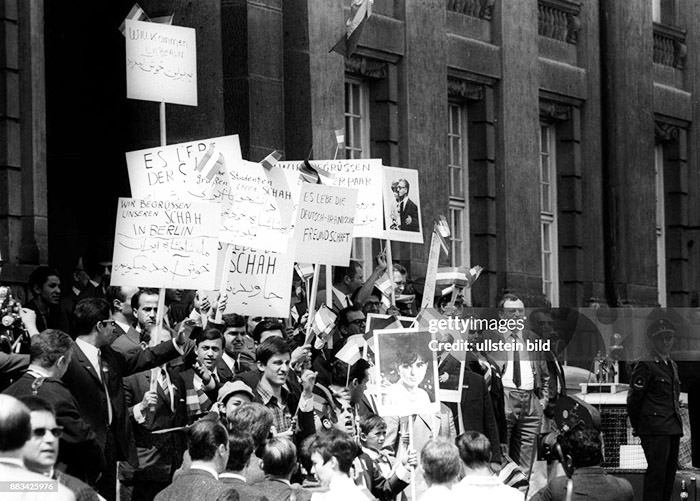Moreover, Mohammad Reza Shah’s reliance on foreign validation made him appear weak in the eyes of many Iranians. He saw himself as the bridge between East and West, a modernizing monarch who would bring Iran into the 21st century. But in doing so, he distanced himself from his own people, their culture, and their faith. His obsession with appearances—parades, medals, grandiose titles—contrasted with the lived experience of ordinary Iranians facing unemployment and state surveillance.
The Shah’s tragedy, then, was twofold. On one hand, he was a reformer constrained by his own authoritarian instincts and the ghost of his father’s iron rule. On the other, he was a leader who misunderstood both his people and his enemies. He viewed opposition as conspiracy, not as a symptom of deeper problems. His final years were spent not governing but trying to decode a world he no longer understood.
Today, the image of Mohammad Reza Shah remains contested. To some, he was a modernizer whose vision was ahead of his time. To others, he was a tyrant whose detachment from reality led to one of the most dramatic revolutions in modern history. But what is clear is that his life was shaped by fear—of his enemies, of betrayal, and most of all, of power slipping away. He tried to rule like a king, but often acted like a prisoner—of history, of suspicion, and of his own illusions.

